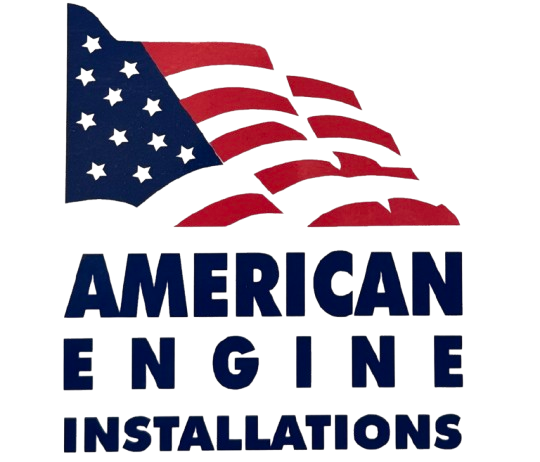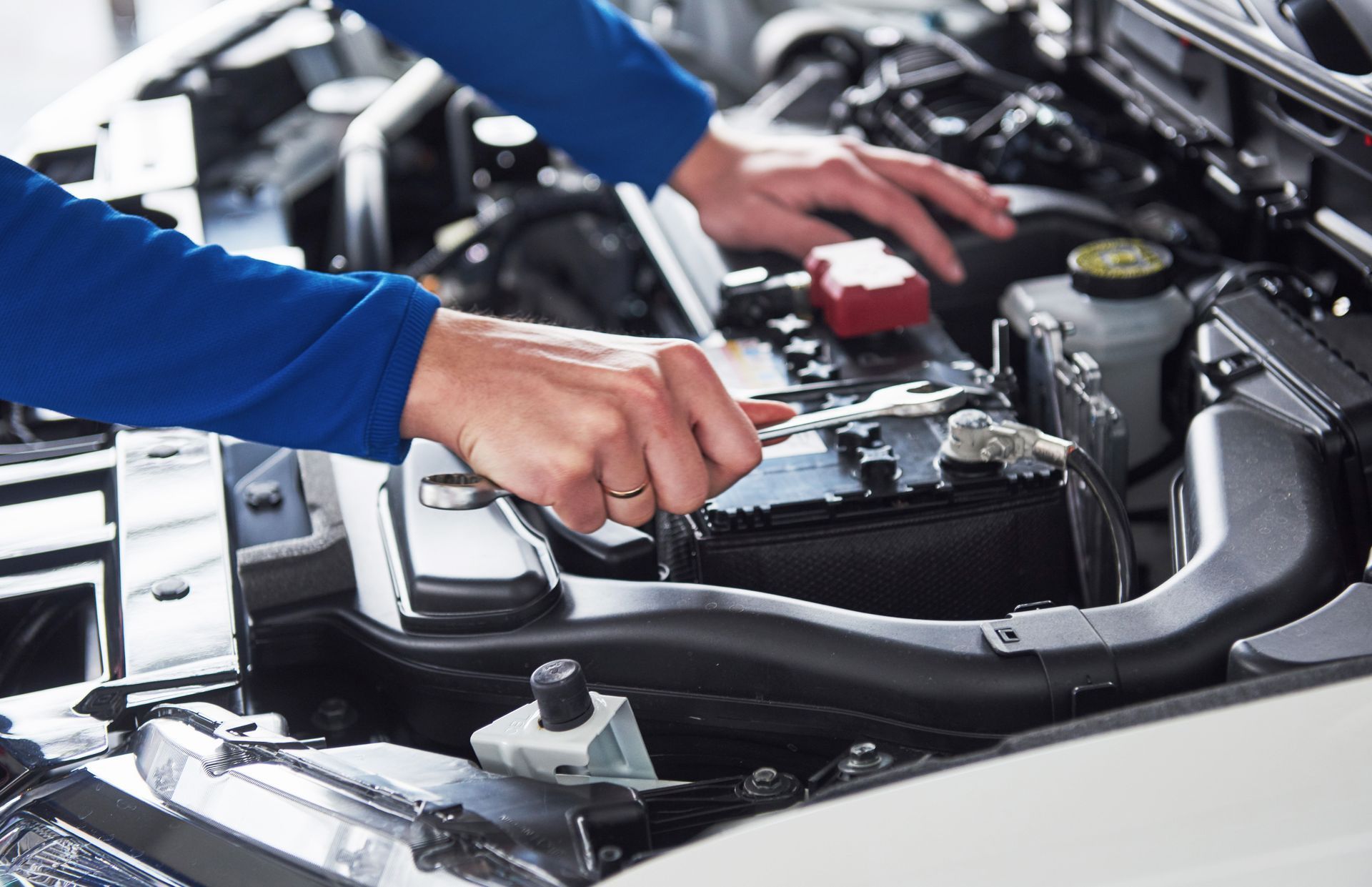Can I Put Engine Parts in the Dishwasher?

Understanding Your Car’s Engine
To make a car function, there is the engine, tires and wheels, and the transmission, along with several other components. What most of us don’t realize are the many car engine parts within an engine that makes it function. How many parts are there in a car engine? In broad terms, three.
Yes, there are three key car engine parts, with many more parts that make those parts work. The three key car engine parts are:
- The cylinder head: This where the fuel goes into the engine chamber and exhaust gas exits. Within this key car engine parts are more key components like the camshafts, valves, and spark plugs.
- The engine block: This is where all the combustion action happens with other key car engine parts like the combustion chamber, crankshaft, and pistons.
- The oil pump: This is within the lower section of the car engine parts and where the oil filter and pan are located.
What are the parts of a car engine and how do I identify engine parts?
Within the engine block, there are more car engine parts, and that is what we are going to discuss here. With the list we’re going provide, you should be able to identify the car engine parts:
Engine Block
The main car engine part is the engine block itself. This is the key part of the entire engine and may be aluminum or iron. The engine block has different holes where the cylinders are located for oil and water to flow to cool and lubricate the engine block.
Within the engine block, the camshaft, crankshaft, and pistons are located with 4 to 12 cylinders. Depending on the make and model of the car, the cylinders are inline, flat, or V-shaped. All other car engine parts are bolted to this and inside the car engine block is where the action is going on.
Piston
A piston is a disk like piece that is enclosed in a cylinder and the piston rings make it gas-tight. The disk moves up and down inside the cylinder with the gas as the cylinder contracts and expands. The piston helps the heat energy transform into mechanical work by moving up and down when the spark plugs fire them, making them compress the air and fuel mixture.
This reciprocating energy is then converted to rotary motion, transferring the tires by the transmission as powered by driveshaft. The pistons are a car engine part that rotates 1250 rpm up and down 2500 a minute. Piston rings are inside the piston and generate compression while reducing friction with the cylinder’s constant rubbing.
Cylinder Head
The cylinder head is located above the cylinders on top of the engine block and closes the cylinder. This forms the combustion chamber, and a head gasket seals this joint to keep the gasses contained.
There are several interior car engine parts inside the cylinder head, including:
- Valve springs
- Valves
- Lifters
- Pushrods
- Rocker arms
The camshafts inside the cylinder head control passages, allowing intake air to flow in the cylinders as they stroke up and down, then the exhaust passes during the exhaust stroke.
Crankshaft
This is a moving car engine part that transforms the linear motion of the piston into rotating motion. The pistons are connected with piston rods and the crankshaft is mounted inside the engine block at the bottom.
Within the crankshaft, are connected to the pistons with piston rods, operating like a jack-in-the-box. The crankshaft turns the pistons, moving them up and down into a reciprocal motion with the engine speed, converting the energy into rotation.
Camshaft
The camshaft is a metal rotating car engine part object that contains pointed cams. Those cams convert rotational motion to reciprocal motion and operate the intake and exhaust valves by mechanically controlling the ignition systems and early versions of electric motor speed controllers.
Each make and model of a vehicle will have a different type of camshaft, some are found inside the car engine block or inside the cylinder heads. Many vehicles made today, the camshaft is inside the cylinder heads and are referred to as DOHC (Dual Overhead Camshaft) or SOHC (Single Overhead Camshaft).
The camshaft’s purpose is to regulate the valved opening and closing timing and transfer the rotary motion from the crankshaft to a motion of up and down with the lifters, so the pushrods, rockers, and valves move.
Timing Belt or Chain
The timing belt or chain, an essential car engine part that synchronizes the crankshaft and camshaft rotation, allowing the engine’s valves to open and close with cylinder’s intake and exhaust strokes. This is one of the many car engine parts that is critical in preventing the piston from hitting the valves.
Engine Valves
The engine valves are one of the mechanical car engine parts components that regulate the air, exhaust gas flow, and the fuel, as the engine operates. This function happens as the valves are pushed by the cam into the cylinder against the spring. This opens the valve, allowing gas to flow, and then the valve shuts and the pressure within the combustion chamber stays sealed.
Oil Pan
The oil pan is another one of the vital car engine parts that keeps the lubrication within the engine. Motor oil circulates through the engine to reduce friction and keep everything working smoothly. The oil pan keeps the motor oil contained and is made of metal, attaching to metal with a gasket.
The list of car engine parts include the combustion chamber located inside the cylinder, the intake manifold that distributes airflow within the engine, the exhaust manifold that is usually a cast iron or stainless steel and carries the exhaust gas.
Additional car engine parts include the intake and exhaust valves, spark plugs, connecting rod, piston rings, gudgeon pin, cam, and flywheel. A crankcase, flywheel, and several gaskets are needed for connecting many of the car engine parts to the engine or other car engine parts.
Can You Paint Engine Parts?
Yes, once you have cleaned them of any corrosion, dirt, dust, and rust. For most car enthusiasts that paint the engine, it is on an engine stand. If not, mask off any areas or parts that you don’t want painted with painter tape. Small parts can be painted by laying them on cardboard and paint separately, using cinder blogs or wood to raise them up and paint the underside. Always use enamel paint made for high heat.
How Do You Remove Corrosion From Aluminum Engine Parts?
Aluminum is a type of metal, and this element will have many changes over its lifetime as part of an engine. It is popular in the auto industry because it is lightweight and bends easily. It also is ideal for conducting electricity and heat.
Most corrosion on aluminum car engine parts can be removed by mixing distilled water with white vinegar. Gently agitate the corrosion with a mild scrub pad and for stubborn areas, a wire brush may be needed, using caution not to “get into” the aluminum.
How Do You Remove Rust From Engine Parts?
This will depend on the part itself. Many car engine parts are made of strong metal; you can use a Brillo pad or steel wool for cleaning. Some parts you may be able to remove and use a grinder to remove the rust and for other parts, you may need to place them in a chemical bath or use electrolysis to remove rust. However, putting them in a dishwasher is not recommended – more care is needed than that.
What Can I Use to Clean Engine Parts?
After covering all electrical car engine parts, you can use an OTC degreaser available at any auto parts store, the same places where you can buy small engine parts. You can also use a basic household dish detergent. Spray the entire engine compartment with either one, completely and thoroughly then rinse with clear water. Some auto car wash stations offer a degreaser that can be used as well. You should make sure you have a back-up ride to get home in case something electrical gets wet.
What Parts Should You Cover When Washing an Engine?
The car engine parts that should be covered include any electrical components that can be sensitive to water. Those parts include:
- The battery
- The spark plug and spark plug wires
- The Engine control unit
You can use plastic bags to cover these electrical components, holding the plastic in place with masking tape. If your car has an exposed air intake , this should be covered with plastic too.
In Conclusion
There are several videos available online that can walk you through the process of removing corrosion and rust from car engine parts including the engine block. There are also videos on how to paint these parts and that can give you details of all engine car parts, like what they do and where they are located. But – again – don’t put any of these parts in the dishwasher. More care is needed than that.






Share On: